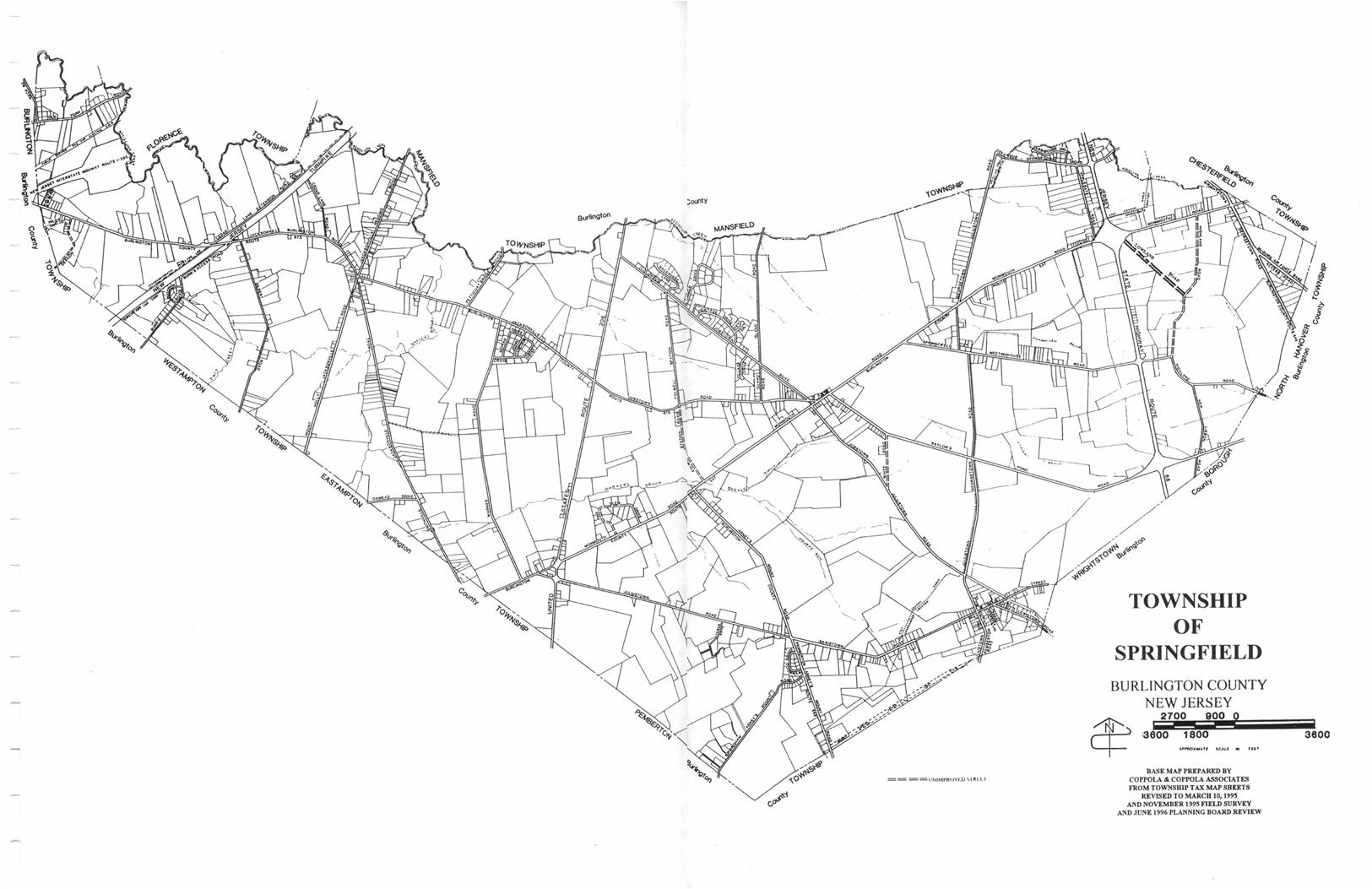

It’s a small town, people are interconnected, she explained, she sees the risks of the job.īut she said Springfield police do not lie outside the larger institution of policing and the national reckoning around police and racial violence. She said she also has respect for her local police.

“When I see that emblem, it scares me,” said Camper, who is African American. “It seems as if a thin blue line has divided us,” said Lauren Camper, a parent leader of Springfield’s Multicultural Parents Association. Why are you dying on this hill? I don’t understand why they want to erode the trust of the community for this,” Darga said. “If people are telling you, ‘this makes me feel unsafe and this makes me uncomfortable,’ Why would you not heed that at all? Work through a compromise. The whole situation, she said, makes her sad. ‘Well, what have I missed?’”ĭarga, who is biracial, said she has only had positive interactions with the police and doesn’t believe the symbol represents who they are. “At this point, I’ll say it’s willful insensitivity to a large segment of the community,” said Darga. The surveyors received multiple stories regarding racial bias and policing in Springfield.įor Laura Viddy Darga, Springfield resident and parent, questions have risen now that the PBA has heard from the community about the symbol’s impact and has stood by their decision. Black residents are less likely to call the police and report less positive interactions with police than white residents. What tensions lie under the surface of the PBA logo dispute?Īccording to a 2019 survey conducted by Springfield residents and researchers, while the majority of residents feel safe and positive towards the police, there are racial discrepancies in levels of safety and trust of police. She said changing their logo is one step among many other steps towards larger change in Springfield. “We all want to support the police, and the symbol is making it difficult,” said Liza Meiris, Cheltenham NAACP secretary.īut Meiris wants the PBA to be held accountable. Most who expressed concern over the symbol also emphasized their respect for the Springfield police. The PBA did not respond to WHYY’s request for comment. While the symbol has had a long stint in the United States, it reappeared as the Blue Lives Matter movement, which adopted the thin blue line flag, grew in response to the Black Lives Matter movement in 2014. It has been flown by white supremacists, appearing next to Confederate flags at the 2017 ‘Unite the Right’ rally in Charlottesville, Virginia, and at the January 2020 capitol insurrection. There is a fraught history of the thin blue line on the American flag. The township then offered the PBA $10,000 to subsidize the creation of a new logo. But the PBA unanimously voted against changing it. WHYY thanks our sponsors - become a WHYY sponsorĬommissioners Graham, Ratsavong, and James Lee said they met with PBA president Christian Wilbur in October to discuss changing the logo.


 0 kommentar(er)
0 kommentar(er)
